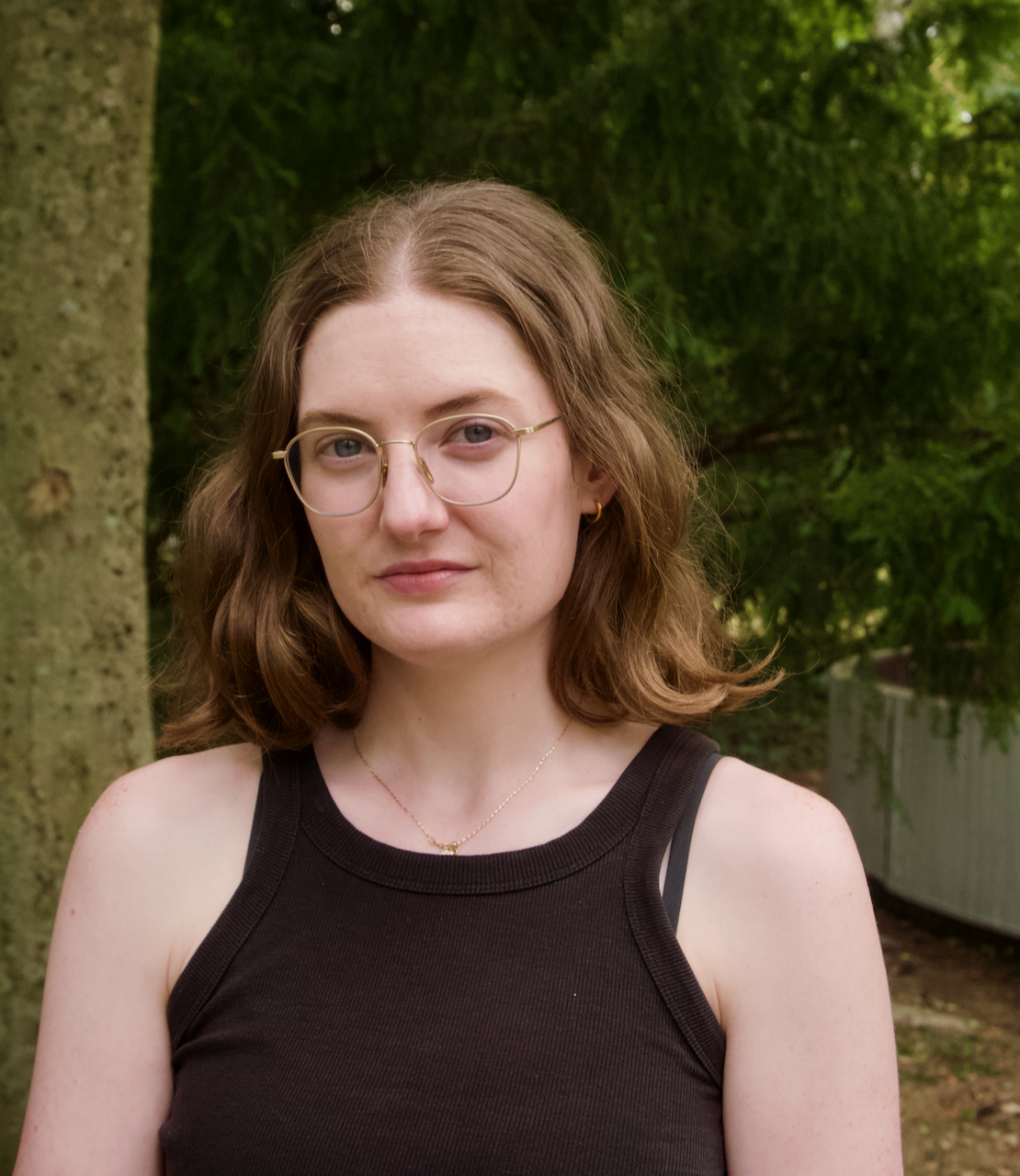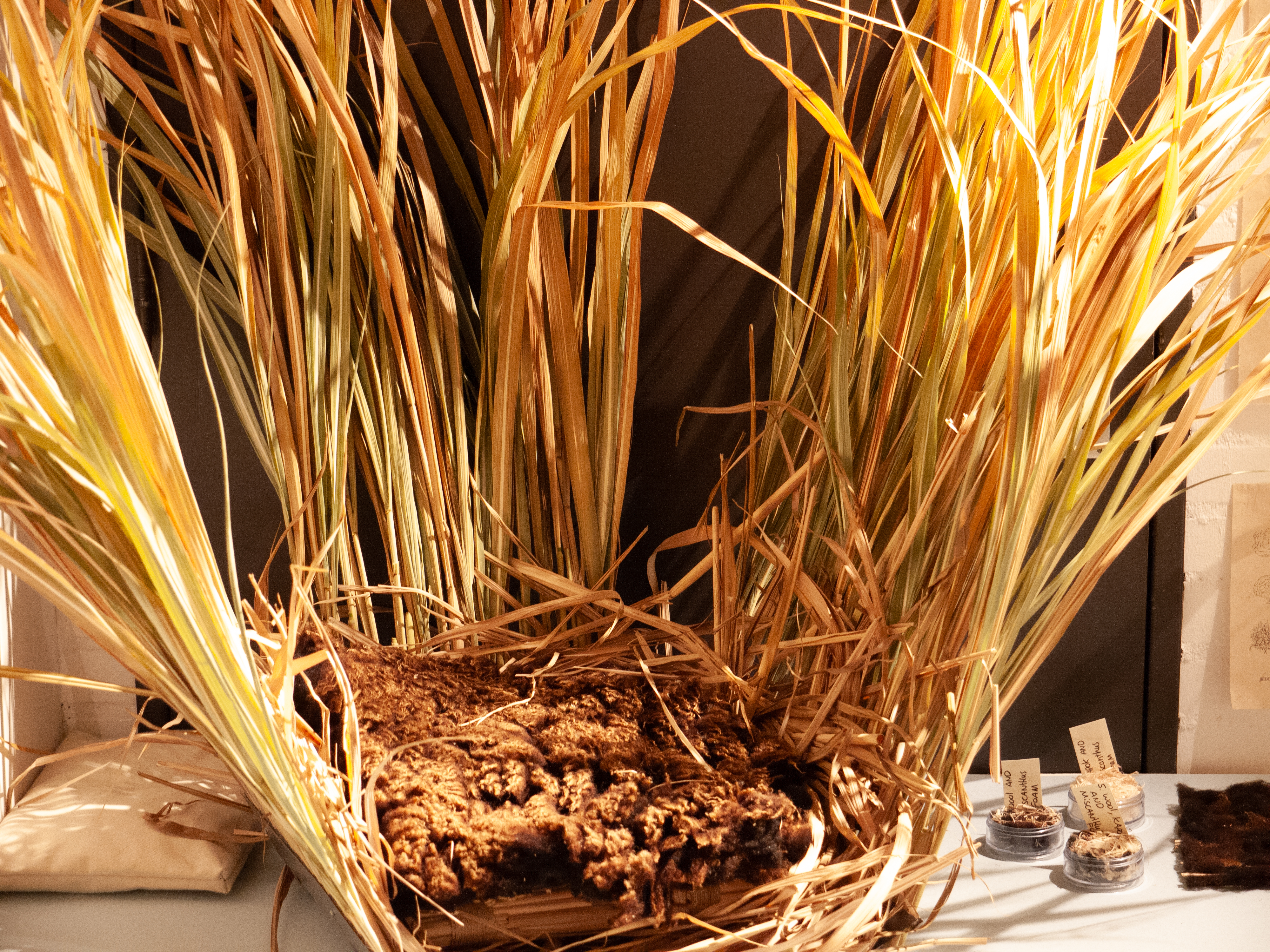Sustainability at Erasmus University College (EUC) & Spatial Design at Willem de Kooning Academy (WdKA)
Pursuing two degrees at once is an ambitious path, especially when those degrees span two very different worlds: science and art. For Emma Kibel, a fifth-year student in the Rotterdam Arts and Sciences Lab (RASL) dual degree program, this journey has been one of exploration, self-direction, and discovering the powerful ways sustainability and spatial design can intersect.
In this interview, Emma reflects on her experience navigating the dual degree, what she’s learned about combining disciplines, and the lessons she would share with future students.
What were your expectations when you started the dual degree, and how did they compare to your actual experience?
When I started, I was filled with excitement and ambition to combine art and science. This notion and program were so new to me that I honestly did not know what to expect.
However, when I started, I realized that the programs are in fact two separate studies (which of course is clearly mentioned when applying to the program) and there is no one explicitly telling you how to combine them. We are given the tools, space and resources, but it’s up to you to make the connections.
My path has not been linear. I actually began studying Fine Art at WdKA with the ambition of majoring in Neuroscience at Erasmus University College. After the first year, I switched to Spatial Design and Sustainability. I chose this combination out of my interest in the sustainability of the built environment with a potential focus on Landscape Architecture. I wanted to combine my two studies, and I think these two disciplines complement one another very well.
It has definitely been a journey figuring how and when to combine the two and navigating what I want to do. This process is not always an easy one but what I can say with certainty is that I have had enormous growth throughout the program, in regard to my work, career and personally.
When did science and art start to come together for you during your studies?
There were moments throughout the program when the two worlds were really connected. Those were some of the most challenging projects. On the one side you are pushing the boundary of an academic essay while still operating within the required frameworks. For example, I have written an academic essay at EUC analysing my own artistic work, or used “making” as a research methodology instead of traditional academic approaches.
From the other side, it is very difficult to visualize and communicate extensive theoretical research and integrate it in your work. But this is also an incredibly exciting and stimulating process, to merge creative and theoretical practices. I learned a lot from those experiences, and I plan to keep working that way in the future.
Guidance in these processes often came from professors who encouraged exploration, but much of it was independent. That independence can be difficult, but it’s also deeply enriching.
What advice would you give to students who are just starting the dual degree?
Be curious, patient, and ask for help. In the beginning, it can be overwhelming—especially since no one tells you exactly how to combine your studies and what are the right choices for you. You have to follow your own intuition and interests.
Don’t be afraid to reach out for additional feedback and guidance from professors, tutors and peers. Once you ask, 9/10 times, the support is there. This has been one of the biggest lessons for me: learning to take responsibility in asking for help. It’s a skill that applies not only to this program, but to life in general. If you initiate asking for help in an genuine and appreciative manner, more often than not, people are willing to share some of their time and knowledge.
What have you gained from the dual degree that you wouldn’t have from a single programme?
There are many things that I have learnt from the dual degree that affect me both professionally and personally. One being the way in which I approach research for a project. The combination of translating academic concepts into tangible, visual work— is often different from other people in my class.
The university programme taught me a way of thinking and researching which although is mainly theoretical, is deeply enriching to the creative process. Hence, I try to bring those theories to life through making.
For me, that balance is crucial. I see myself more as a maker than an academic, but I definitely need both. If I were doing only one study, I’d feel frustrated, because I want both sides of myself to be challenged and fulfilled.
What are you currently working on?
Right now, I’m starting my graduation project while doing research on the water infrastructure of the Netherlands. I’m analyzing it from multiple perspectives: historical, ecological, hydrological, and philosophical.
At the moment, I am in the midst of beginning this project and research and hence, I do not have a specific focus or end result in mind. I have been reading, writing, drawing, creating sculptures, and paintings—many of which are based on maps that I trace and reinterpret. The sculptures often translate ideas from texts into visual, physical form.
At WdKA, we’re encouraged to do artistic research—research through making—and that’s been incredibly valuable for my project and my development as a designer. Having the extra year built into the program has been very helpful as it gives you time to explore and grow in both directions.
What are your future ambitions?
After graduating, I think I would like to take a gap year to rest and reflect. Then, I plan on pursuing a master’s degree in landscape architecture. Landscape architecture brings my studies my studies together, focusing on the relationship between the built environment and natural systems.
What personal lessons have you learned from studying two degrees at once?
One of the biggest lessons has been learning where to put my energy. You can’t do everything at 100%, or if you do, it will have other ramifications on your life. With two programs, you’re constantly juggling assignments and deadlines. I’ve learned to prioritize: to decide which project I want to give my all to make something I am proud of and which ones I try to complete sufficiently.
Dual degree students tend to be high achievers; we want to do everything perfectly, but that’s not sustainable. I’ve experienced exhaustion from working too hard, and it taught me that balance is essential. It’s definitely possible to succeed in the dual degree and still have a balanced life, you just have to be intentional about where you direct your effort.


